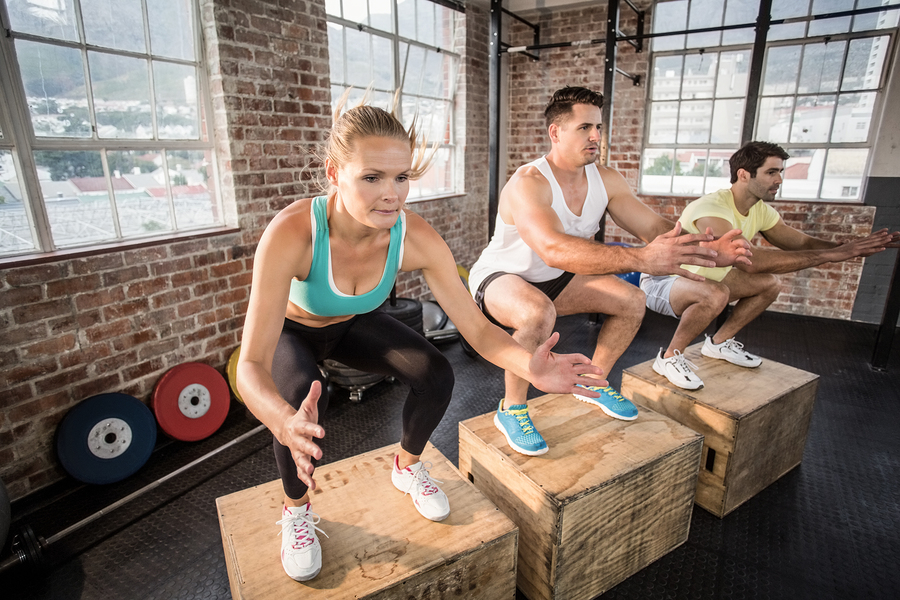
Preparing your body for high intensity training with Plyometrics
Dec 26 | ( 0 ) Comments
A big part of having an excellent training season is the preparation that you give to your body. This does not mean that you only train hard to be fast but also how you get ready for those times when you go fast. Plyometrics will assist your body to prepare itself for what is to come, which in our particular case as cyclists is high intensity intervals, workouts and races. Specifically Plyometrics stimulates changes in the neuromuscular system, giving your muscles the capacity to respond faster and more powerfully to changes in muscle length.
Plyometrics is defined as exercises that enable a muscle to reach maximum strength in as short a time as possible. Originally it was know as the stretch-shortening cycle (Eccentric and concentric muscle actions which occur simultaneously in combination with muscle functions), as used by researchers from Europe and the Soviet Union. In 1975 American coach Fred Wilt came up with the name from latin origins, plyo + metrics which translates into Measurable Increases. Some of the areas which will be stimulated and improved will be muscle elasticity, stretch reflex, muscle response time and response strength. Although the improvements on the stretch reflex delay are minimal, it can create a big difference for an athlete who requires that explosive power for sprinting in a corner or at the finish line.
The best time to include Plyometrics into your anual training plan is during the last block of your base mesocycle, after all strength training has been completed and before interval work has began. You will be generating a high power output during this exercises and any additional strength training will possibly only affect you adversely. Plus, believe me after completing a good workout of plyos your legs will be burning as if you were doing both of them. You can add plyometrics into your regular weekly workouts, including them at least 2 times per week while alternating the exercises you do each week. Ideally plyos can be included in a block of about 30-60 minutes after a short endurance ride (HR/Power Zone 2).
The first thing that you want to do every time you begin your session is, as with any other exercise to warm up and stretch. Even if you have been exercising before, different muscles will be used and it is always a good idea to prepare them for the effort that is to come. Try incorporating small jumps, marching, footwork and lunging drills into your warm up.
Once you have successfully warm up begin your intensity session. Look for exercises that emphasize the movements and muscles used in cycling, mainly power exertions that originate from the legs. Include in between exercises a couple of push ups and ab crunches sets. Here are some of the plyometric exercises that I recommend adding into your training: (Look at the references below if you are interested in finding more exercises)
Any comments welcome below !
- Tuck Jump with Knees Up

- Split Squat with Cycle

- Stadium Hops

- Alternating Push-Off

- Front Box Jump

- Lateral Box Jump

- Squat Depth Jump

References:
- Jumping Into Plyometrics by Donald A. Chu
- High-Powered Plyometrics by James C. Radcliffe and Robert C. Farentinos
Thank you for reading!
Gilberto Cortez - USA Cycling & TrainingPeaks Certified Coach